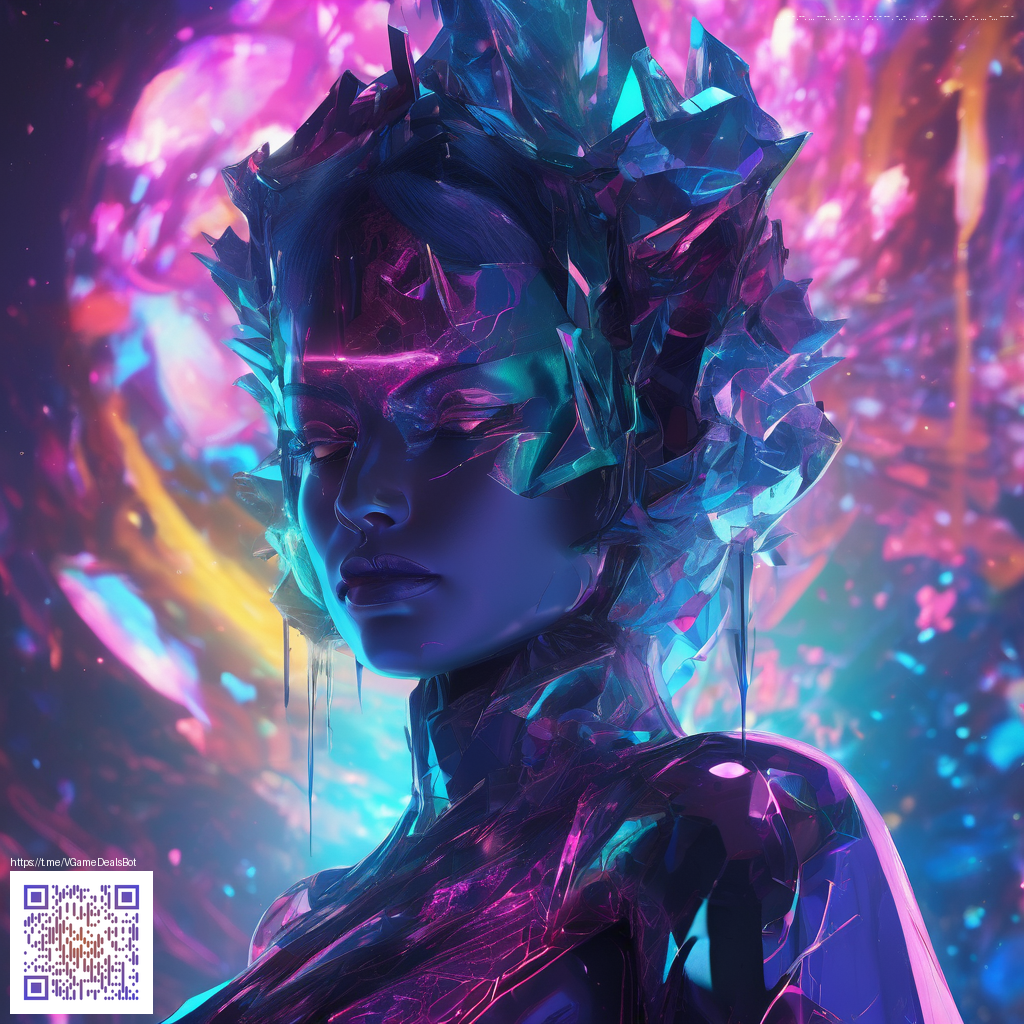
Minecraft in the classroom has evolved from novelty to a staple for teaching complex concepts in an approachable way. Its open-ended, block-based world invites students to experiment, iterate, and communicate ideas visually. When used thoughtfully, it becomes a bridge between theoretical learning and tangible understanding—whether you’re exploring geometry, world history, or environmental science. The result is not just engagement, but a campus-wide mindset shift toward collaborative problem-solving.
Why Minecraft Shines in the Classroom
At its core, Minecraft turns abstract ideas into interactive experiences. Students can model ecosystems, map urban planning scenarios, simulate supply chains, and recreate historical sites with immediate feedback. This kinesthetic approach supports diverse learners—visual thinkers see relationships more clearly, while collaborative tasks help auditory and social learners stay engaged. The game’s rule-based environment also nudges students toward systems thinking: every action has consequences, from resource management to resource sharing among teammates.
Creative Lesson Ideas that Build Core Skills
- Spatial reasoning and math: have students build structures on a coordinate grid, then translate those coordinates to a map or blueprint. Extend by calculating volume, surface area, or buoyant forces for floating vessels.
- Science and ecology: design biomes with specific climate conditions, resources, and flora/fauna, then compare how different settings affect growth and sustainability.
- History and culture: reconstruct ancient cities or architectural landmarks, followed by a short written reflection on design choices and cultural context.
- Team projects and writing: assign roles (designer, researcher, recorder) and require a shared build log that documents decisions, challenges, and proposed solutions.
“Minecraft gives students a sandbox to experiment with ideas and explain their thinking in real-time.”
Assessment and Feedback that Feel Meaningful
Rather than relying solely on exams, consider performance-based assessments that capture process and product. Use rubrics that examine collaboration, problem-solving, and documentation alongside the final build. Short reflection prompts—such as “What design trade-offs did you face?” or “How did you adapt your plan when obstacles appeared?”—help students articulate their reasoning and learn from missteps. Documentation becomes a valuable artifact for both teachers and students, creating a traceable record of growth over the unit.
Tech Tips for a Smooth, Inclusive Experience
What often holds back classroom blocks is device management and pacing. A few practical steps can keep everyone moving smoothly:
- Curate a lightweight starter map so groups can jump into building without getting bogged down in setup.
- Assign roles within each group to ensure equitable participation and clear accountability.
- Schedule brief demonstrations where students present their builds to the class, fostering communication and critical feedback.
- Use paired devices for jotting quick notes and sharing screenshots to a central folder, which simplifies assessment and reflection.
For teachers who present live demos or guide on-screen explorations, a sturdy, hands-free solution can be surprisingly helpful. The Phone Click-On Grip Back-of-Phone Stand Holder is a small but effective accessory that keeps devices steady during quick walkthroughs or student recordings. It’s a handy addition when you’re modeling workflows or capturing build progress for later review. If you’d like to explore it, you can check the product page here: Phone Click-On Grip Back-of-Phone Stand Holder.
Technology, Accessibility, and Classroom Culture
Adopting Minecraft in the classroom is also an invitation to consider accessibility and inclusivity. Provide options for students who work with assistive technologies, offer screen-reader-friendly documents, and ensure color contrasts in any on-screen materials. Encouraging peer support and rotating roles helps students feel valued and capable, regardless of their starting point. Remember that Minecraft is a platform for thinking, not just grinding through tasks; the goal is to cultivate curiosity, persistence, and a collaborative spirit.
Starting Points for Your First Unit
Begin with a low-stakes, high-engagement pilot. Pick a single theme—such as building a sustainable city or recreating a historical site—and design a three-week plan that blends Minecraft builds with short written or oral reflections. Incorporate checkpoints where peers give constructive feedback, and allow students to iterate designs based on that feedback. Over time, you’ll notice not only stronger content knowledge but improved communication, teamwork, and metacognitive awareness.